It is not clear from this photo what pest you have although we know your squash isn’t doing well. Be sure that you aren’t thinking the problem is with stink bugs when it’s really with squash bugs or squash vine borer. For a chart that compares stink bugs, squash bugs and the good-guy soldier beetle, all of which have that shield shape, go here: http://s49.photobucket.com/user/joellenh/media/bugs.png.html
There are several stink bug traps on the market so if you know you have stink bugs, you can get a trap for those. There are also many on-line ideas for home-made stink-bug traps although we can’t attest to how well the home-made ones compare to the store bought versions.
If you have squash bugs, use Spinosad being sure to spray in the evening on the underside of the leaves. You could also spray early morning – the timing is important because although Spinosad is a bacteria and approved for organic gardening, the wet product isn’t good for bees if it hits them. Once it is dry it isn’t a problem for bees so you just need to spray at a time when the bees are not foraging, so early morning or late evening.
If the vine is wilting the problem may be powdery mildew, a fungus, or it could be squash vine borer, or both. We see the beginnings of mildew on your leaves in this photo. You need a fungicide for mildew, and there are several organic options. You can get a recommendation at your local garden center.
Squash vine borers are harder to combat. Lift up the wilted vine as soon as it wilts and find the hole where the larvae entered. Slit the stem and dig that sucker out, smashing it. You can spray the underside of stems with Spinosad BEFORE the moth lays eggs there, and while you’re at it look for eggs and scrape them off. They will be on the bottom of the vine, not the top. Many have also had success with dusting the stems with wood ask as the moth that lays the egg seems not to want to crawl through a layer of ash to lay the eggs under the stem. This has to be reapplied periodically after watering and rainfall, and will raise the pH of your soil over time.
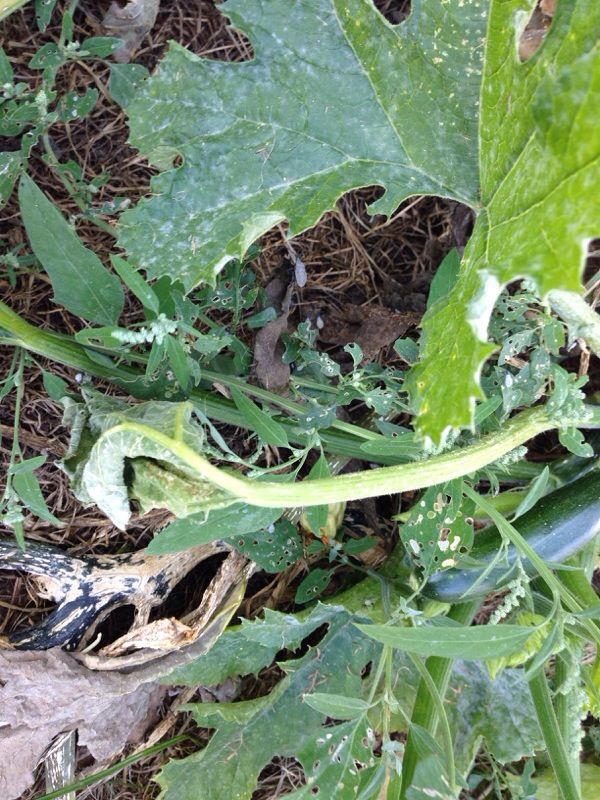
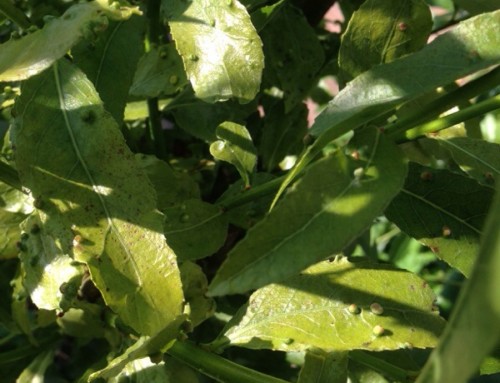
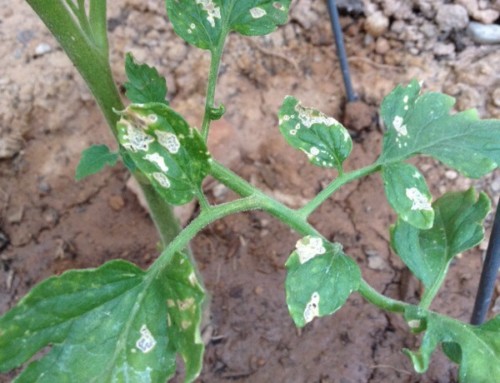
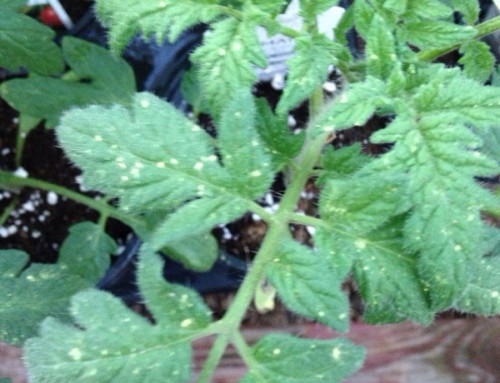
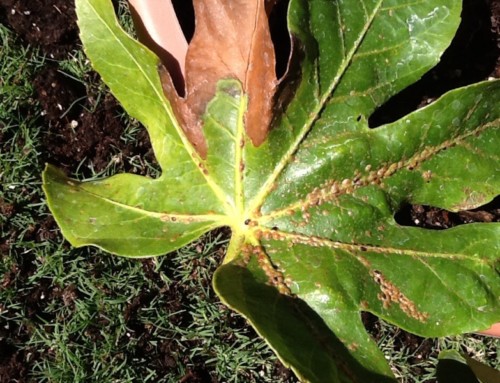
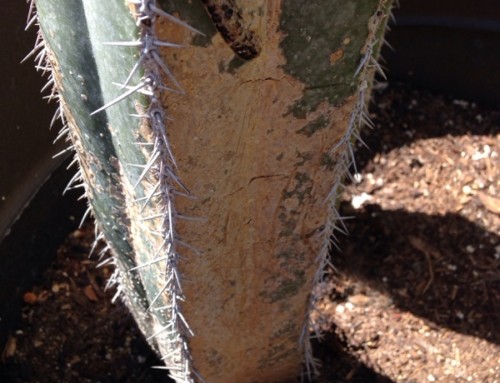
Leave A Comment